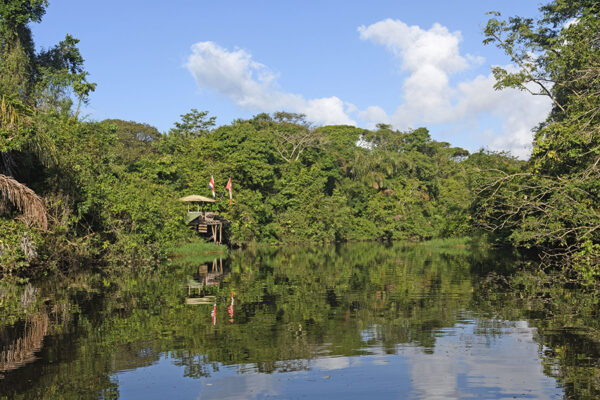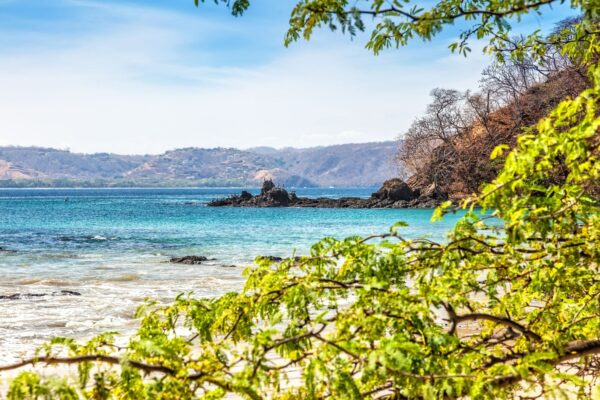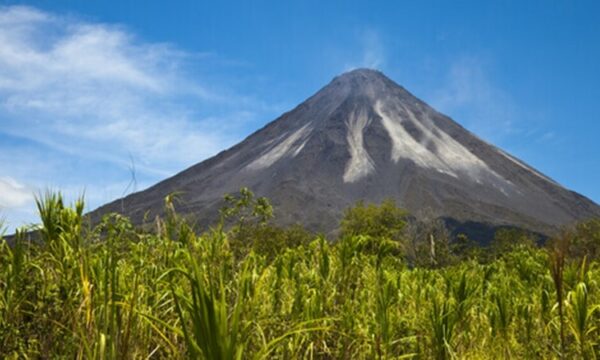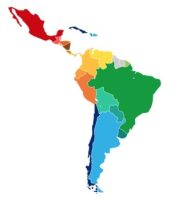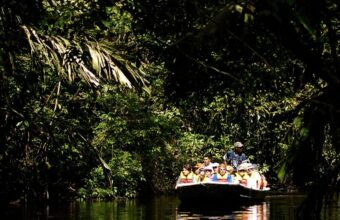The Best Wildlife Viewing In Costa Rica
An essential guide to seeing Costa Rica's wildlife
Home to more than half a million plant and animal species, Costa Rica is famed as one of the most biodiverse countries on the planet—and a great place to see wildlife.
Its variety of habitats, with unspoilt beaches, cloud-shrouded mountains, tangled mangroves and precious primary forests provide refuge for an astonishingly wide spectrum of wildlife in Costa Rica, from whale sharks to white-faced capuchins.
Location plays a role too: flanked by Caribbean and Pacific waters, forming a bridge between the two American continents, Costa Rica is visited by hundreds of migratory bird species each year, and humpback whales from both hemispheres endure a 9,000km journey to mate and raise their young in Costa Rica’s bays.
Where to see wildlife in Costa Rica: our expert picks
The best wildlife viewing in Costa Rica, according to our expert travel journalist, Emma Sparks.
Best for nesting sea turtles, look no further than Tortuguero National Park.
To view whales and marine life, try Guanacaste or Drake Bay on the Osa Peninsula.
To spot the elusive jaguars your best bet is La Amistad International Park (a UNESCO-listed site shared with Panama) and five can be found in Corcovado National Park on the Osa Peninsula.
You can spot sloths year-round almost anywhere. Good spots include Osa Peninsula, at La Selva Biological Station, Tortuguero National Park and Manuel Antonio National Park.
After decades of large-scale deforestation, Costa Rica is now the world’s poster child for eco-tourism, with over a quarter of its land dedicated to national parks and nature reserves. However much of the wildlife in Costa Rica is still endangered or under threat from illegal logging, poaching, habitat loss and the exotic pet trade. Done right, responsible tourism in Costa Rica can be part of the solution, and taking a sustainable trip with an environmentally-aware guide or tour operator can be a wonderful way to witness nature in all its glory while supporting the communities who aim to protect it.
When it comes to year-round wildlife spotting opportunities, Costa Rica is one of the best places in the world. Here's our essential guide to the best places to view wildlife in Costa Rica.
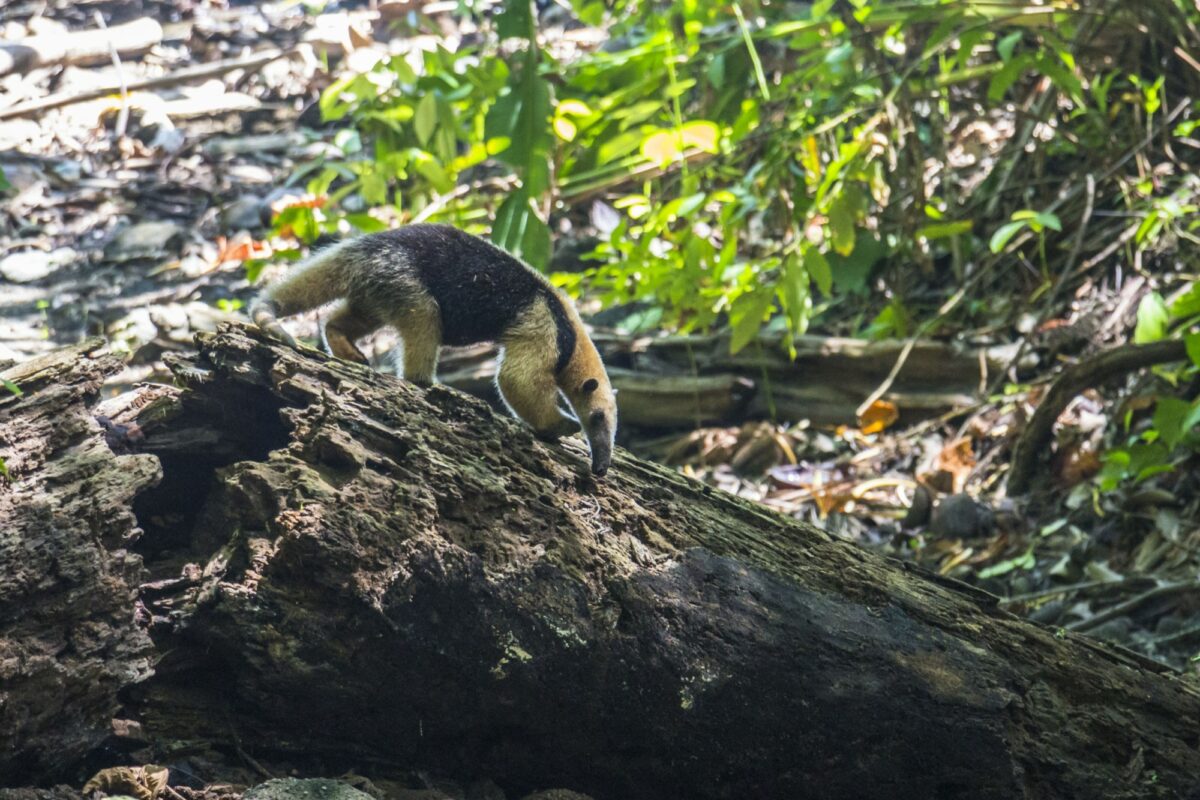
An ant eater in Corcovado National Park, on Costa Rica's far southwest coast
featured trips
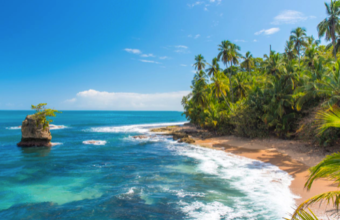
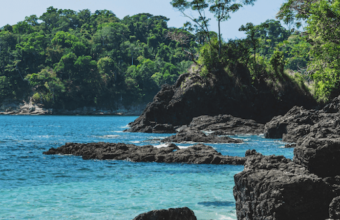
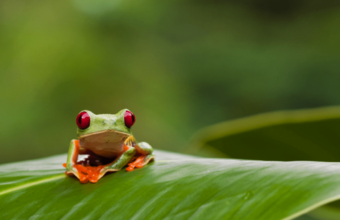
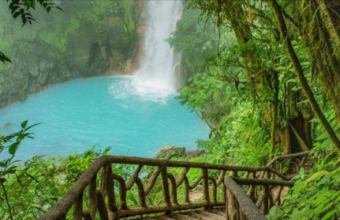
Off The Beaten Track In Tenorio Volcano
10 days hiking and exploring the national parks of Costa Rica
10 days $1,750 – $2,300 pp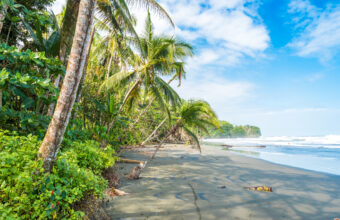
Guanacaste, Rincon de la Vieja Volcano and Beaches
8 days at Rincon de la Vieja and Tamarindo beach
8 days $3,500 – $7,160 pp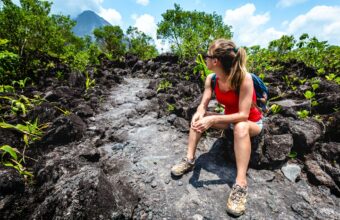
Off The Beaten Track In Corcovado
8 days exploring the culture and biodiversity of Costa Rica
8 days $1,800 – $2,250 pp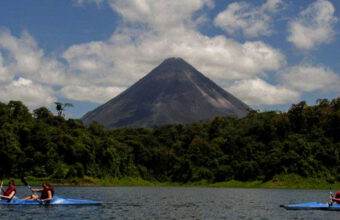
Best places for wildlife viewing in Costa Rica
Costa Rica's top parks and reserves to spot wildlife
The allure of Costa Rica’s wildlife is that it is both in your face and tantalisingly elusive all at once. Even in populated areas, visitors might see howler monkeys, white-nosed coatis (likened to racoons) or a pair of scarlet macaws simply by walking to the shops, not to mention an abundance of otherworldly insects.
On the other hand, Costa Rica’s sloths, tapirs and wild cats can be much harder to spot. The fauna here is some of the most colourful on Earth (think iridescent hummingbirds, acid-green frogs and rainbow-bright fish), yet only those who are patient and pay close attention will catch a glimpse of such visual delights.
Here are a few of the best places to see Costa Rica's wildlife.
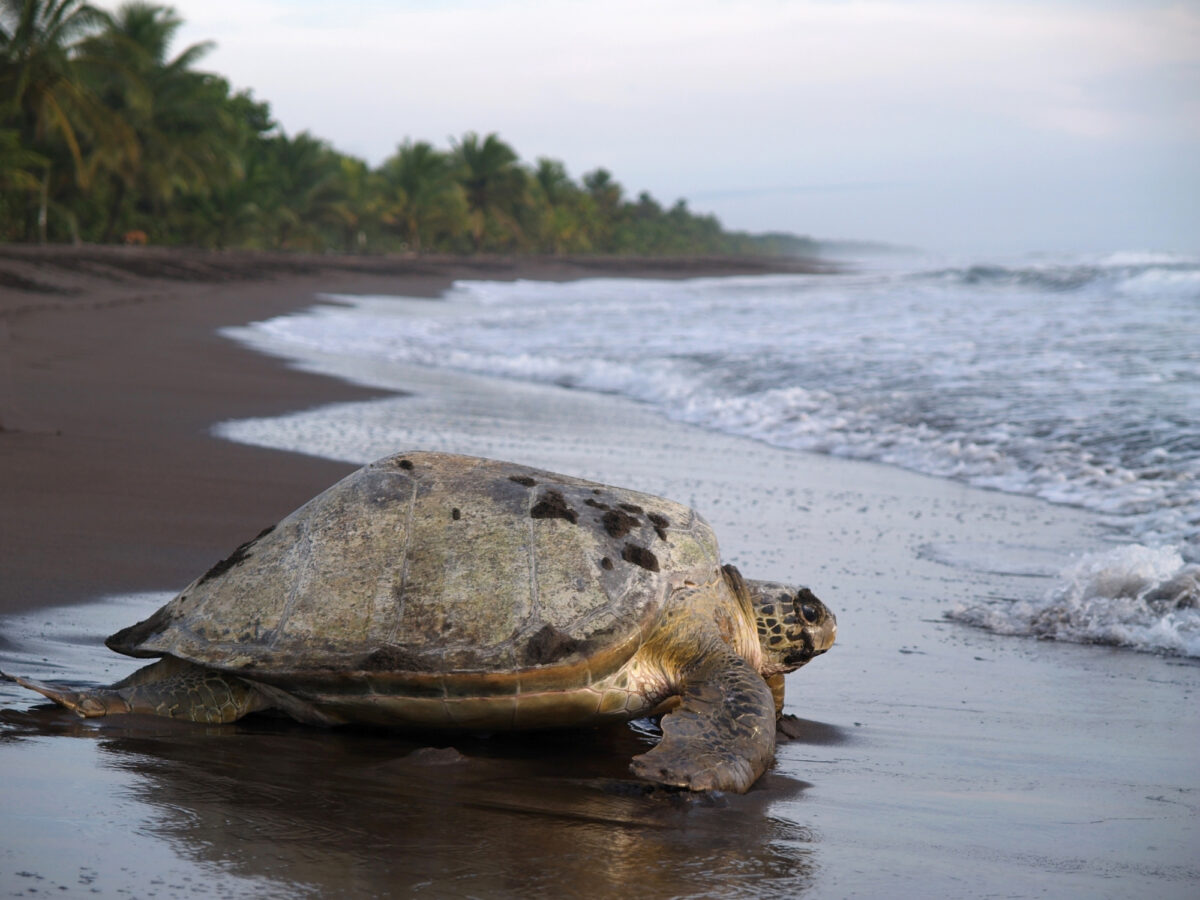
One of Tortuguero's famous, but endangered, sea turtles
Tortuguero National Park
A wild and interconnected web of canals, where gavilan trees stand sentry at the water’s edge, caiman snouts poke out of canals, tiger herons perch atop driftwood, and four species of endangered sea turtle travel thousands of miles every year to lay their eggs on the beaches where they once hatched.
Tortuguero is a globally important nesting ground for sea turtles. Every year, from July through September, four species of marine turtles (leatherback, hawksbill, loggerhead and green sea turtles) return to their own hatching beaches to nest at Tortuguero National Park.
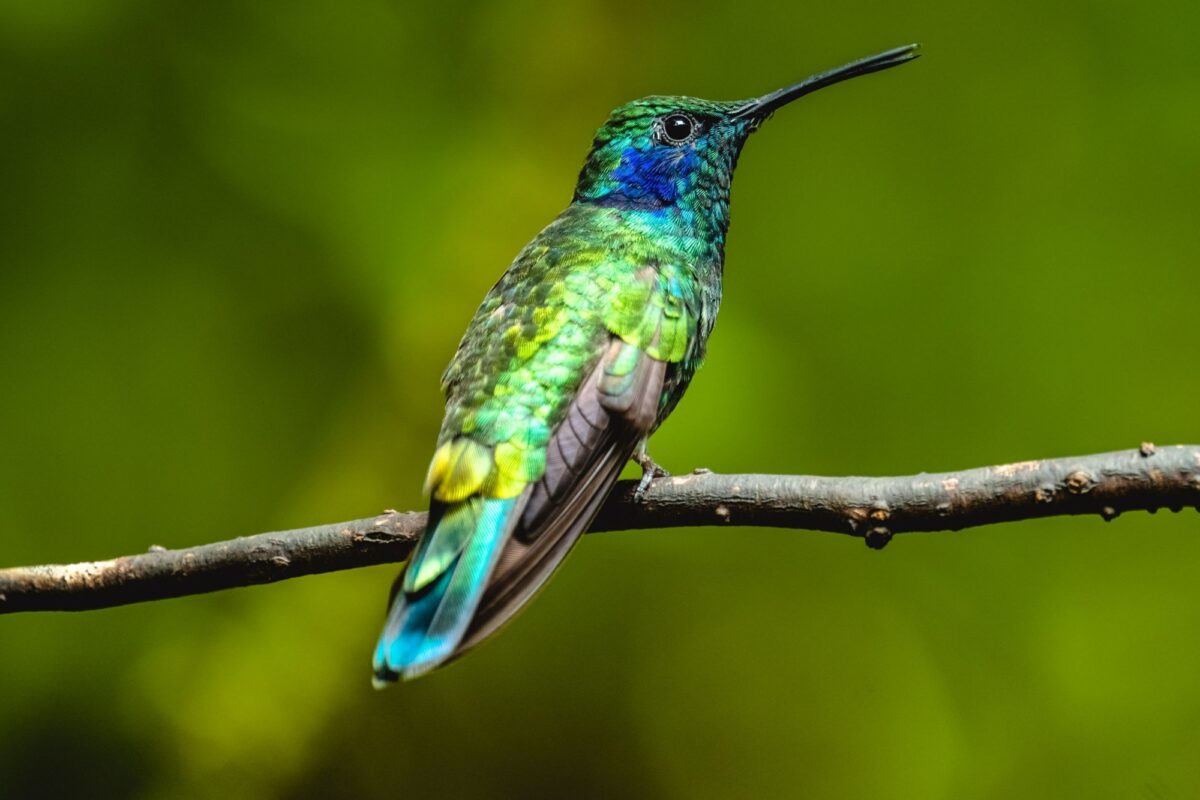
A mountain violet-ear hummingbird, in Monteverde Cloud Forest
Monteverde Cloud Forest Reserve
Monteverde, a renowned bird spotting destination, is home to 500+ bird species (including resplendent quetzals, bare-necked umbrella birds, three-wattled bellbirds, hummingbirds, black guans, and tanangers), 120 reptile and amphibian species (including glass frogs), and 130 mammals (including 58 bat species, Baird’s tapir, porcupines, white-faced and howler monkeys, and two-toed sloths).
The reserve is located 91 miles (3.5-4 hours) northwest of San José; and 72 miles (2.5 hours) southeast of Liberia. To get there, fly into either San José or Liberia, and stay in the towns of Santa Elena, Cerro Plano or Monteverde.
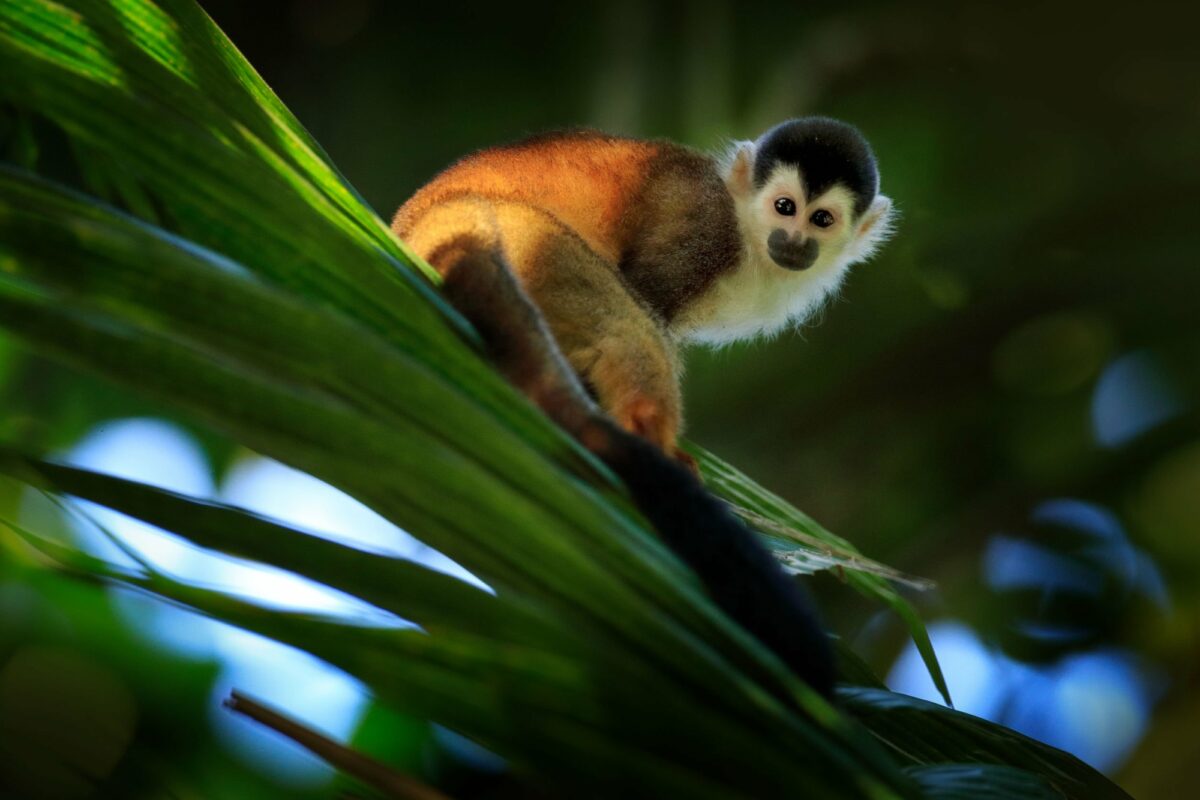
A squirrel monkey in Corcovado National Park
Corcovado National Park
Only the truly devoted will reach this incredibly isolated park. Their reward is an oasis of incredible sights—pristine beaches, primary rainforest, waterfalls and rivers—and sightings, including humpback whales, nesting sea turtles, and an array of endangered animals, including jaguars, Central American squirrel monkeys, and Baird’s tapir.
Along the coast and lowlands, Corcovado National Park is mostly primary lowland tropical rainforest. A 1930s gold rush and the logging industry did cause some deforestation, so parts of the park are secondary rainforest. The park’s highlands climb to about 2,500 feet in altitude.
Travel distance and times will depend on the station and point of entry. Drake Bay is located 228 miles (6+ hours) southwest of San José. Puerto Jimenez is 233 miles (5.5 hours) southwest of San José. There are also multiple daily flights from San José to Sierpe, Drake Bay and Puerto Jimenez.
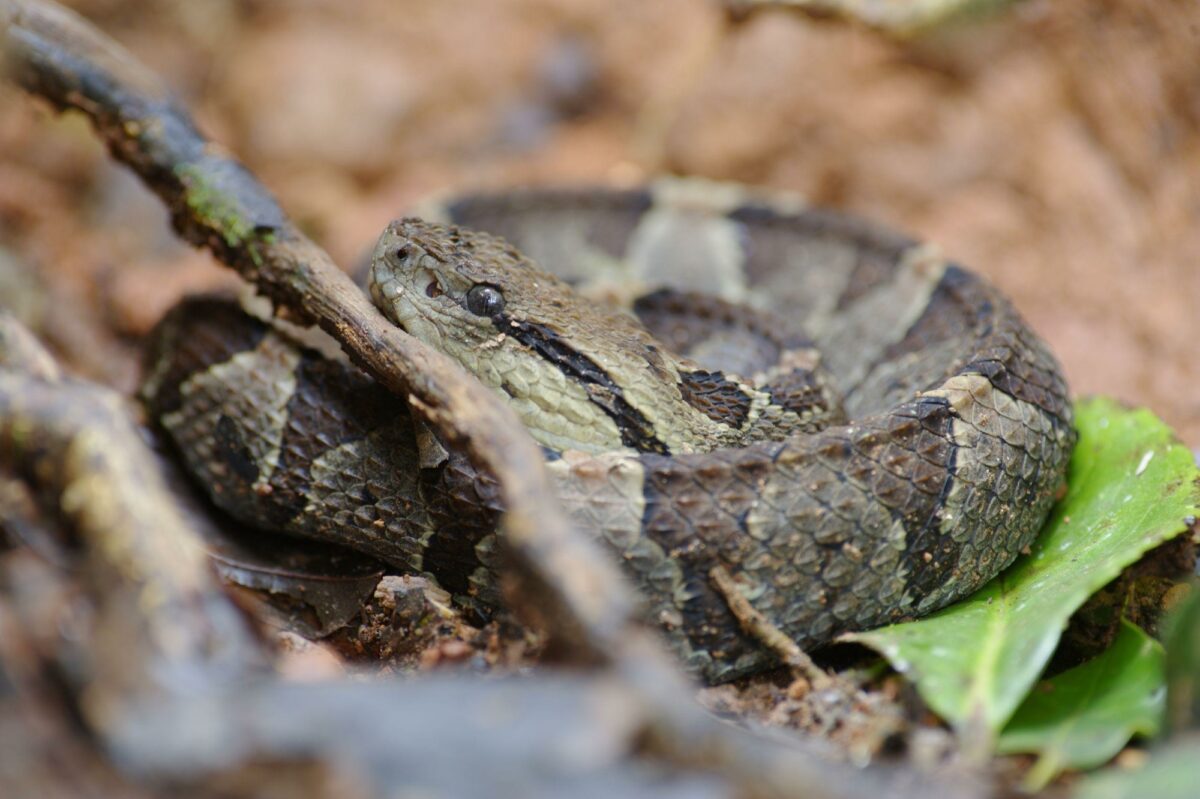
A pit viper in Tenorio Volcano National Park
Tenorio Volcano National Park
A spectacular park of baby-blue waters, bubbling mud, dual-toned rivers, gurgling hot springs, and steamy geysers, this is a natural wonderland of volcanic proportions. The park is home to a wide variety of wildlife, among them the puma, jaguarundi, Baird's tapir, collared peccary, white-faced monkey, howler monkey, ocelot, Central American agouti, margay, lowland paca, and tayra; birds including crested guan, turkey vultures, hawks, and sunbittern; and snakes, including the Central American bushmaster, eyelash palm pit vipers, coral snakes, and boas.
Tenorio Volcano National Park is 122 miles (3.5 hours) northwest of San José and 44 miles (65 minutes) east of Liberia.
Day trips, often labelled Río Celeste, are common from La Fortuna/Arenal. Transit time is about 1.5 hours, one way. For travellers who want to stay a little longer, a handful of lodges (from very rustic to borderline luxury) have cropped up around the park, thanks to the relative popularity of Río Celeste and its waterfall.
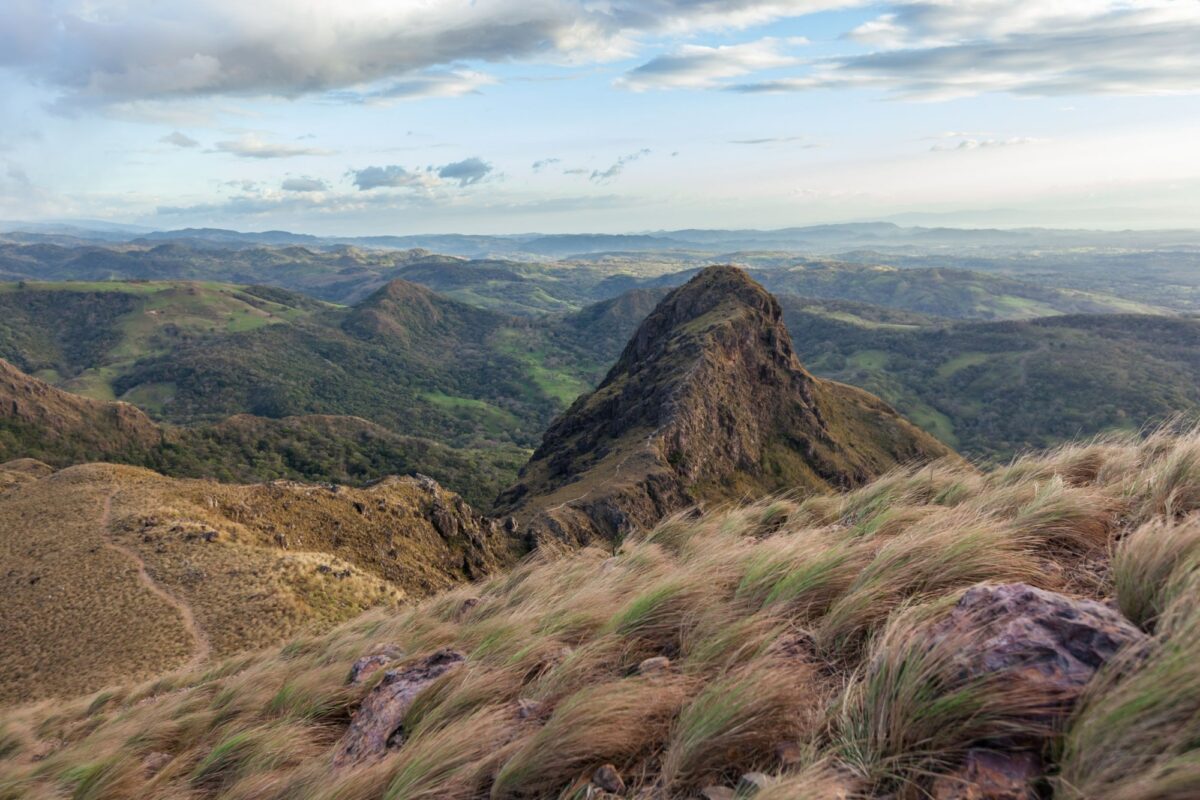
Spectacular views of Guanacaste from Cerro Pelado
Guanacaste National Park
The Guanacaste ecosystem is diverse and significantly different to elsewhere in Costa Rica, ranging from dry savannah, similar to the African plains, as well as extensive tropical dry forest, high volcanic terrain and, in the higher elevations, cloud forests. The park is home to 40 species of mammals, including white-faced monkeys, jaguars, tapirs, peccaries, pumas, tayras and armadillos.
The 300+ bird species include Montezuma oropendola, three-wattled bellbird, collared aracari, bare-necked umbrella bird, and northern caracara. As a whole, the Guanacaste Conservation Area is estimated to give refuge to 65% of Costa Rica’s species (235,000!) and 2.6% of the world’s total biodiversity.
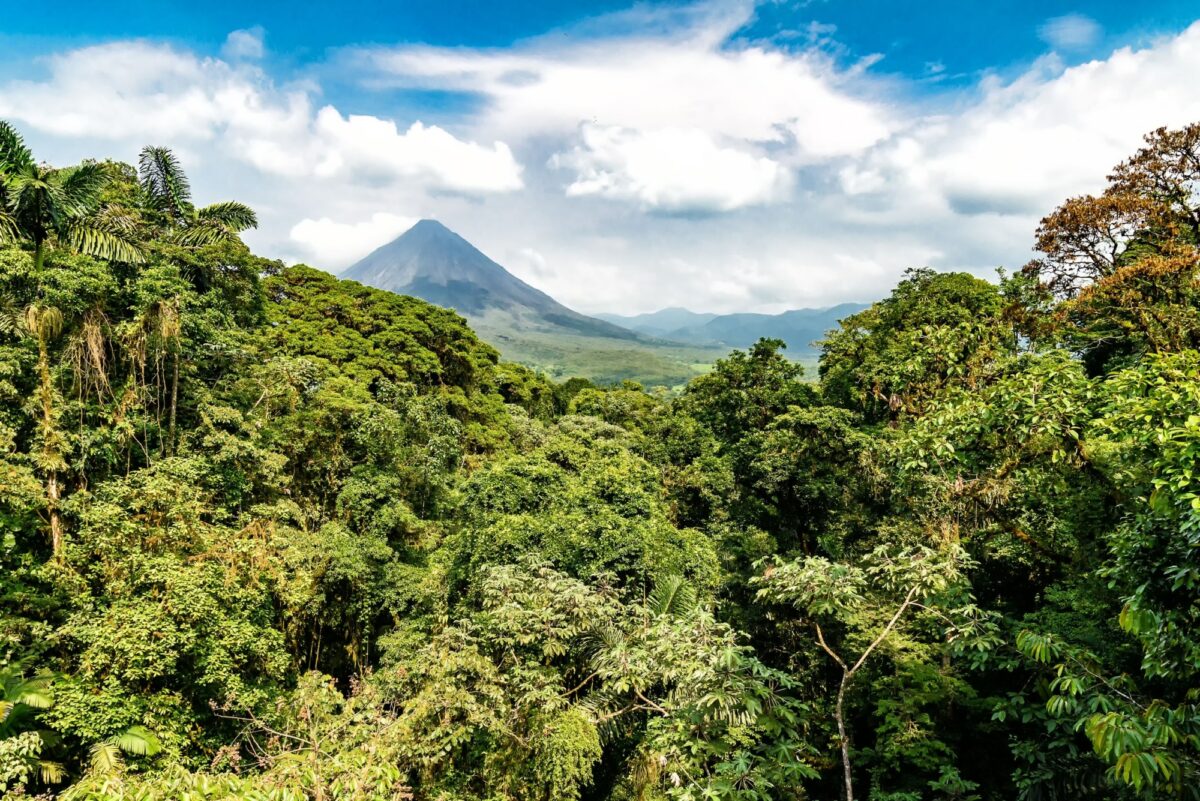
Arenal volcano
Arenal Volcano National Park
Arenal Volcano National Park is 29,692 acres in size – about twice the size of Manhattan. The volcanic cone is partly rainforest, partly old lava flows. The greater park is about a third primary rainforest, with the remaining landscapes comprised of secondary forest, farmland, scrub brush, and volcanic badlands.
With habitats so rich and varied, wildlife abounds. An estimated half of Costa Rica’s land-dwelling vertebrates live in Arenal Volcano National Park. Wildlife sightings often include white-nosed coatimundi, sloths, spider and howler monkeys, and white-tailed deer (Costa Rica’s national symbol of wildlife). More than half of all Costa Rica’s resident bird species, including the resplendent quetzal, can be spotted in or around Arenal Volcano National Park.
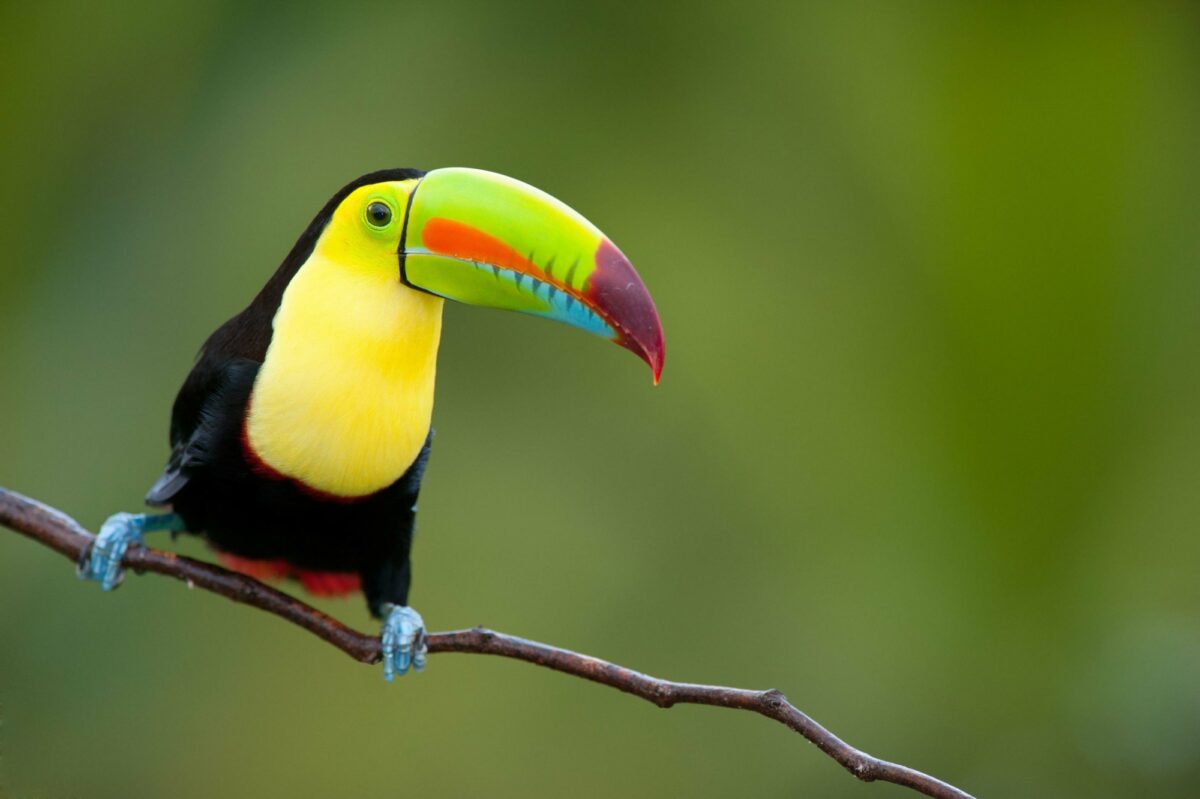
A toucan perching in Guanacaste National Park
Best places for birdwatching in Costa Rica
Purple-throated mountain gem. Coppery-headed emerald. Great green macaw. The names of Costa Rica’s birds alone are enough to prompt the purchase of a telescope and tripod.
There are more than 900 bird species here, with over 200 of them just passing through. Five million birds are estimated to migrate to and through Costa Rica annually, with peaks in March and April as they head north, and September and October as they head south. With such a rich and ever-changing bird population, it’s not uncommon for birdwatchers in Costa Rica to spot a hundred species in just one day.
Keel-billed toucans, hummingbirds and scarlet macaws are some of the most striking and well-known birds found in the region, but none is more esteemed amongst birders than the resplendent quetzal, an iridescent-feathered trogon associated with Mayan legends and symbolic of freedom. It is notoriously difficult to spot thanks to its green plumage, but come to the aptly-named Parque Nacional Los Quetzales in the breeding season (April) and you can see male quetzals putting on a display, gliding through the air to show off their twin tail feathers.
Other top places for birdwatching in Costa Rica include the wetlands of Caño Negro Wildlife Refuge, where water birds such as storks, kingfishers, herons and spoonbills gather; Palo Verde National Park, where in dry season visitors can rent bikes to get around the diverse terrain and reach its lesser-known corners; Corcovado National Park, home to the country’s largest population of scarlet macaws (which mate for life), plus more than 400 other species; and Monteverde Cloud Forest Reserve where 30 different types of hummingbird glimmer amongst the greenery.
Birding lodges within protected nature reserves are an experience in themselves, as guests often enjoy panoramas of the forest from their bedrooms and access to expert guides. Many lodges also provide binoculars and other gear for guests’ use – but you might want to bring your own neutral/camo-coloured clothing. Stay quiet and you’ll be surprised what appears when birdwatching in Costa Rica.
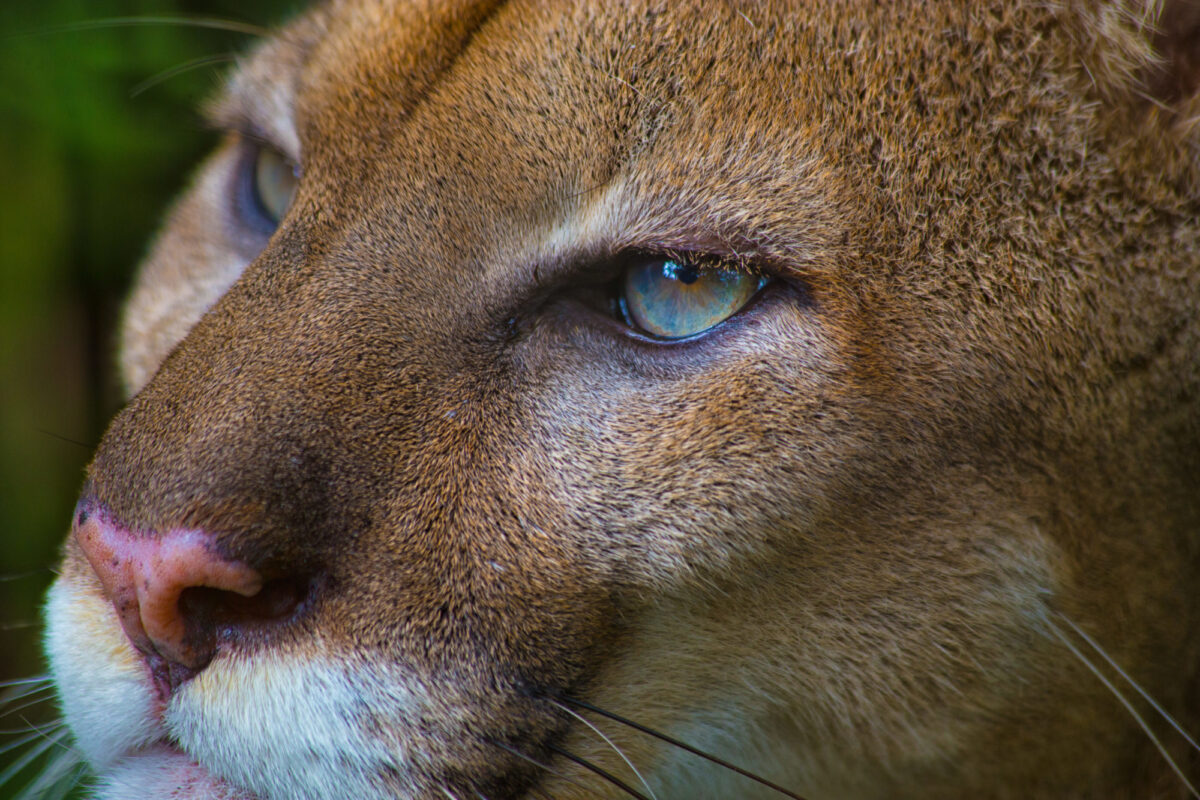
If you're this close to a Puma, you've done something wrong
Where to see jaguars in Costa Rica
Six species of endangered wild cat prowl the depths of Costa Rica’s jungles, and while you’d be incredibly lucky to spot any of them (they’re mostly nocturnal, averse to human contact and populations are declining), if you’re trekking through their turf at dusk or dawn they’ll certainly be watching you.
The only big cat on the list, and perhaps the most revered of all, is the jaguar; they are the largest terrestrial carnivore in Central America, preferring to live near water sources such as swamps and rivers. The puma comes second in terms of size – they are equally elusive, but sightings have been reported by farmers and the occasional tourist. Then there’s the tree-dwelling margay, which has been known to imitate the calls of its prey; the ocelot, which is twice the size of a domestic cat and the most populous wild cat in Costa Rica; the lithesome oncilla, which tends to live in higher elevations like Monteverde; and the weasel-like jaguarundi, the only diurnal (active during the day) cat of the bunch.
The more remote you venture, the higher your chances of encountering Costa Rica’s wild cats. Overnight or multi-day hikes allow you to travel deeper into your chosen park and increase your odds of spotting a big cat. You can see all six species of wild cat in Costa Rica in La Amistad International Park (a UNESCO-listed site shared with Panama) and five can be found in Corcovado National Park on the Osa Peninsula. Dry season – December to April – offers the easiest access to national parks and the best chance of seeing Costa Rica’s wild cats.
It’s worth noting that La Amistad’s tourism infrastructure is very limited and hiking here can be extremely demanding. Corcovado’s trails are more defined and ranger stations (ie. overnight shelters) are well established – but it’s hardly Disneyland. Visitors can expect mosquitoes, scorching beach tracks and a heavy pack (you’ll need to carry your own water), the strain of which is swiftly forgotten when you hear a rustle in the undergrowth or a distant roar – could that be a jaguar? Much of the joy is in the search.
Wherever you go, a professional guide is essential—they’ll keep you safe and spot myriad signs of life that would otherwise pass you by, including wild cat paw prints.
Guaranteed sighting of Costa Rica's wild cats
To guarantee a sighting of Costa Rica’s wild cats, consider visiting Las Pumas Rescue Centre. The reputable visitor-funded centre rehabilitates injured and rescued wild cats before releasing them back into the wild if possible, or caring for them in their sanctuary.
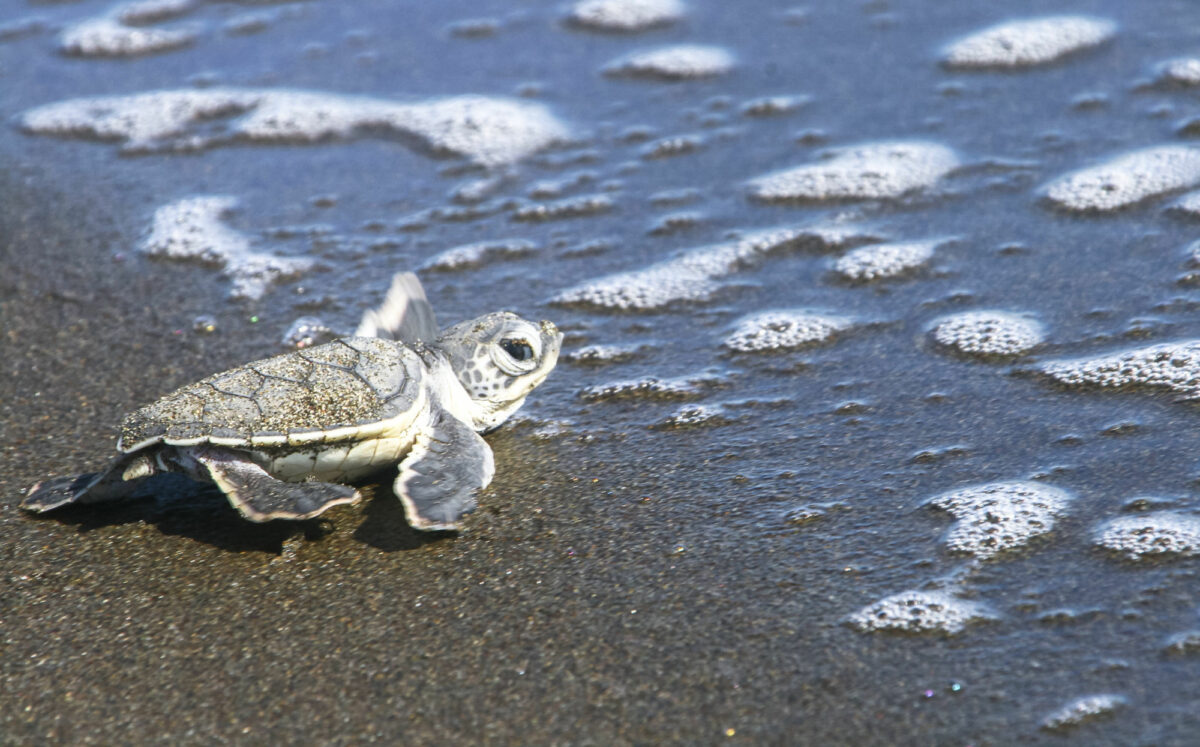
Hatchling sea turtle in Tortuguero National Park
Where to see sea turtles in Costa Rica
Sea turtles nest on the shores of Costa Rica year-round – you just need to know where to look. On Costa Rica’s Caribbean side, the turtle’s namesake Tortuguero National Park welcomes nesting Atlantic greens between June and October, with hatchlings emerging in November and December.
Leatherback turtles and the critically endangered hawksbill turtles nest here earlier in the year too, although their numbers are smaller and the chance of spotting them less likely. On the Pacific coast, Pacific greens and olive ridleys lay their eggs year-round, with leatherbacks nesting from November to February.
One of the most incredible turtle watching experiences in Costa Rica – and on earth – occurs on Playa Ostional between July and November. For a few days around each new moon (when the sky is darkest), thousands of olive ridley sea turtles drag themselves ashore, laying millions of eggs in the sand just beyond the high tide line. This phenomenon, named la arribada (arrival) is thought to be a technique used to overwhelm predators and reduce egg losses. To witness la arribada, you must be accompanied by a guide, as the beach is patrolled to prevent poachers from stealing the eggs for human consumption.
Photography is not allowed at night time, but there are often a few tardy turtles left at sunrise, which can make for beautiful pictures – just be sure to keep at least 10 metres away from the turtle.
Between 45-90 days after turtles lay their eggs, hatchlings will start to emerge. Many small-scale Costa Rican conservation projects on both coasts dig up and re-incubate a portion of eggs to guarantee their safety. The planned release of these hatchlings is more predictable, and locals can usually point you in the right direction. There’s nothing quite like watching a handful of tiny baby turtles flap their way to the water to get swept up by the surf.
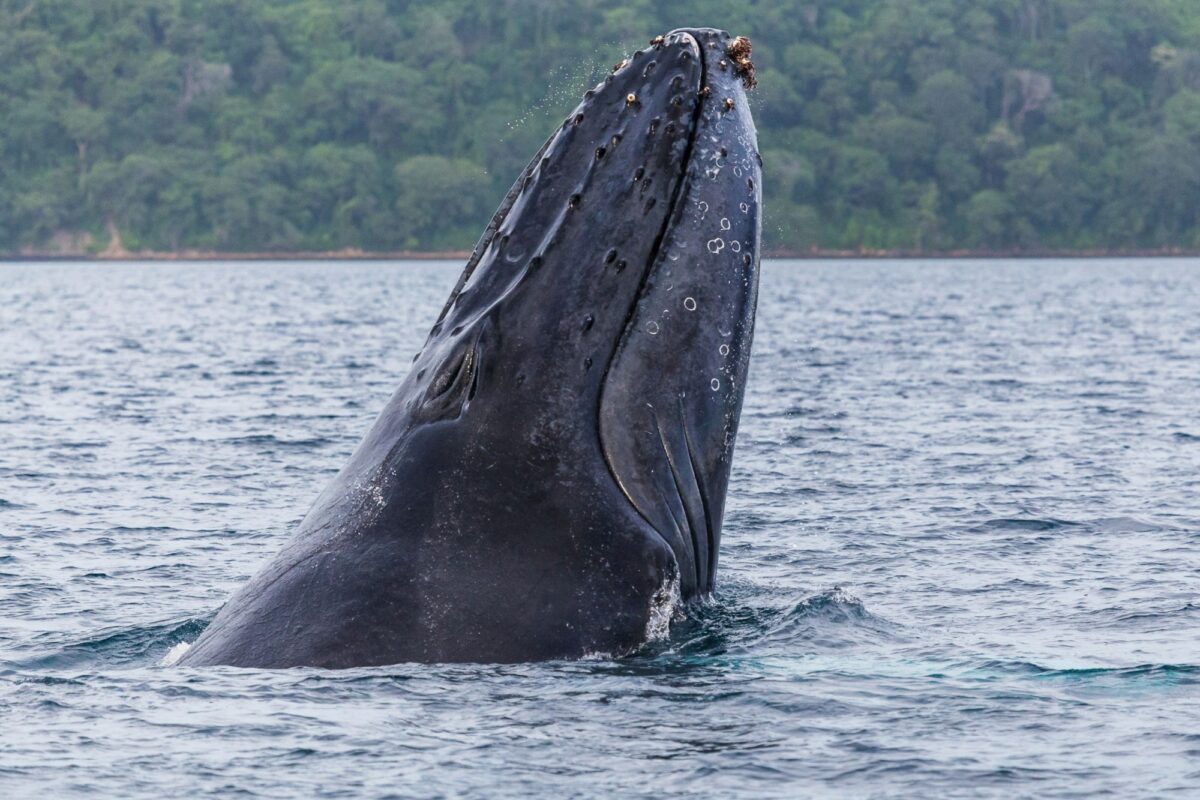
Humpback whale off Manuel Antonio National Park
Where to see whales in Costa Rica
The balmy, nutrient-rich waters off Costa Rica’s coastline provide migrating whales with the ideal shelter in which to rest, breed and raise their young.
There are two breeding seasons: December to March, when whales from California and Canada head south for warmer climes; and July to October, when Antarctic whales travel north. Costa Rica’s whales are best spotted from the Pacific coast, but the Caribbean side does also see North Atlantic St Lawrence humpbacks from December to March.
So how can you see whales in Costa Rica? Keep your eyes peeled along the shorelines of Guanacaste from December to March – whales gather so close to the coast that it’s possible to witness them simply by walking along the beach. For Antarctic whales, Marino Ballena National Park in Uvita offers some of the finest spotting opportunities, with plenty of tour options to choose from. September’s annual whale and dolphin festival celebrates these creatures with educational talks, family activities and discounted boat tours. South of here, Drake Bay on the Osa Peninsula is also a fine choice.
If you choose to take a tour, do your research and ensure you pick an ethical operator. Small boat tours are best and guides should be passionate about the creatures you’re looking for. If you spot a tail or fin, don’t get in: swimming with whales and dolphins in Costa Rica is illegal and can be dangerous and distressing for whales, especially if they’re accompanied by newborn calves.
It’s worth packing anti-sickness meds if you plan to go whale-watching in Costa Rica – binoculars and choppy waves don’t mix well.
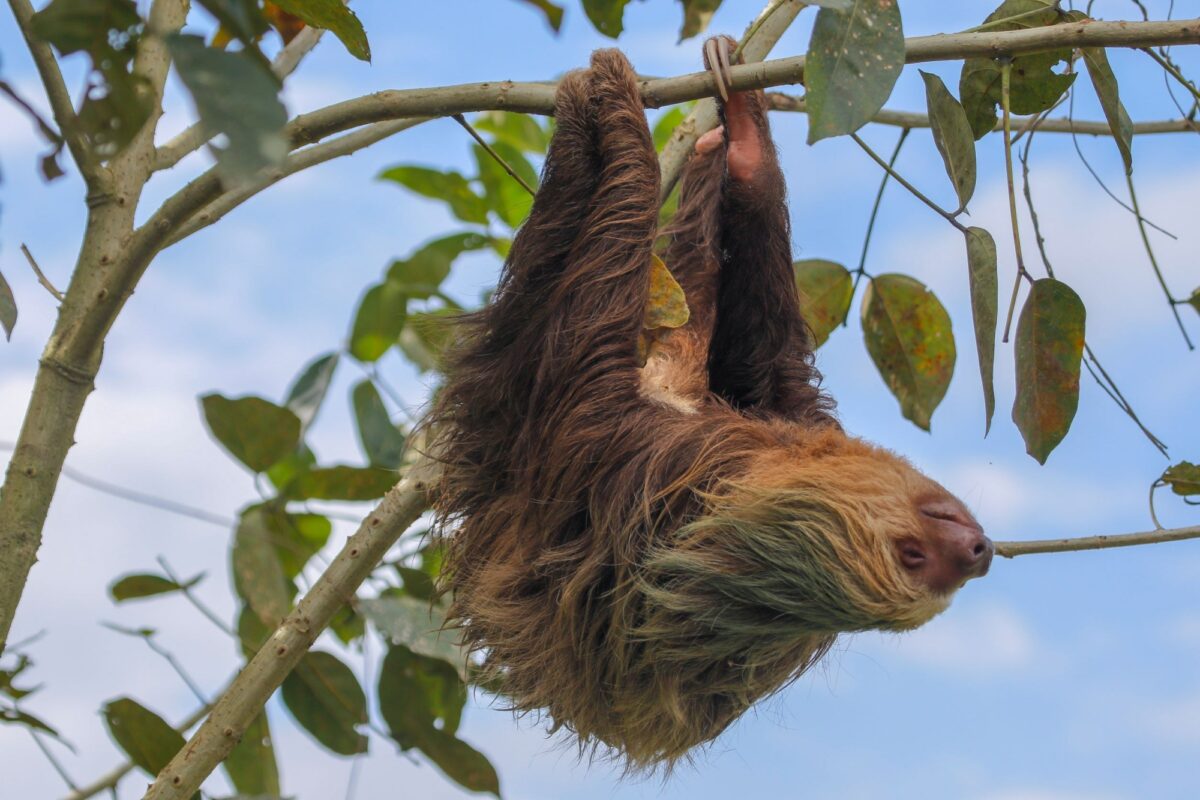
Sloth in Cahuita National Park
Where to see sloths in Costa Rica
For many visitors to Costa Rica, sloths are top of their wildlife spotting wish list. Two of the world’s six species of sloth live in Costa Rica – the Hoffmann’s two-toed sloth and the brown-throated (three-toed) sloth. The former has a brown snout and beige fur around its face, while the latter is grey/brown with distinctive eye markings.
Where there are trees, there are sloths – which means they’re present year-round and you can spot them almost anywhere, you can see sloths in Costa Rica in bigger numbers on the Osa Peninsula, at La Selva Biological Station and Tortuguero National Park. Deforestation means much of their habitat has been lost, and they’re far more likely to be found near roads and towns than they once were.
While your odds of crossing paths with one of these slow-moving creatures during a nature hike is fairly high, you’ll need to look hard to spot them. In Corcovado National Park, where they enjoy their preferred (and sadly much diminished) primary forest habitat, it can take half an hour to locate one sleeping in the lofty canopy, even with a guide who’s received a tip that it’s there.
A sloth’s fur is covered in a green algae which camouflages them amongst the leaves. They also sleep for 20 hours a day, so travellers who spot them moving from branch to branch – such as at popular Manuel Antonio National Park – are very lucky indeed.
If, unlike a sloth, you can’t hang around for days or weeks waiting to spot one in Costa Rica, consider visiting a reputable sanctuary such as Toucan Rescue Ranch (near San Jose), where you can tour the grounds, watch sloth feeding time (no true conservation centre would allow guests to hold them) and learn more about these laid back animals from dedicated volunteers.

